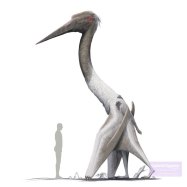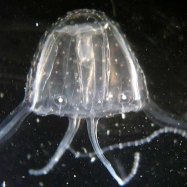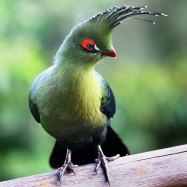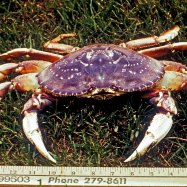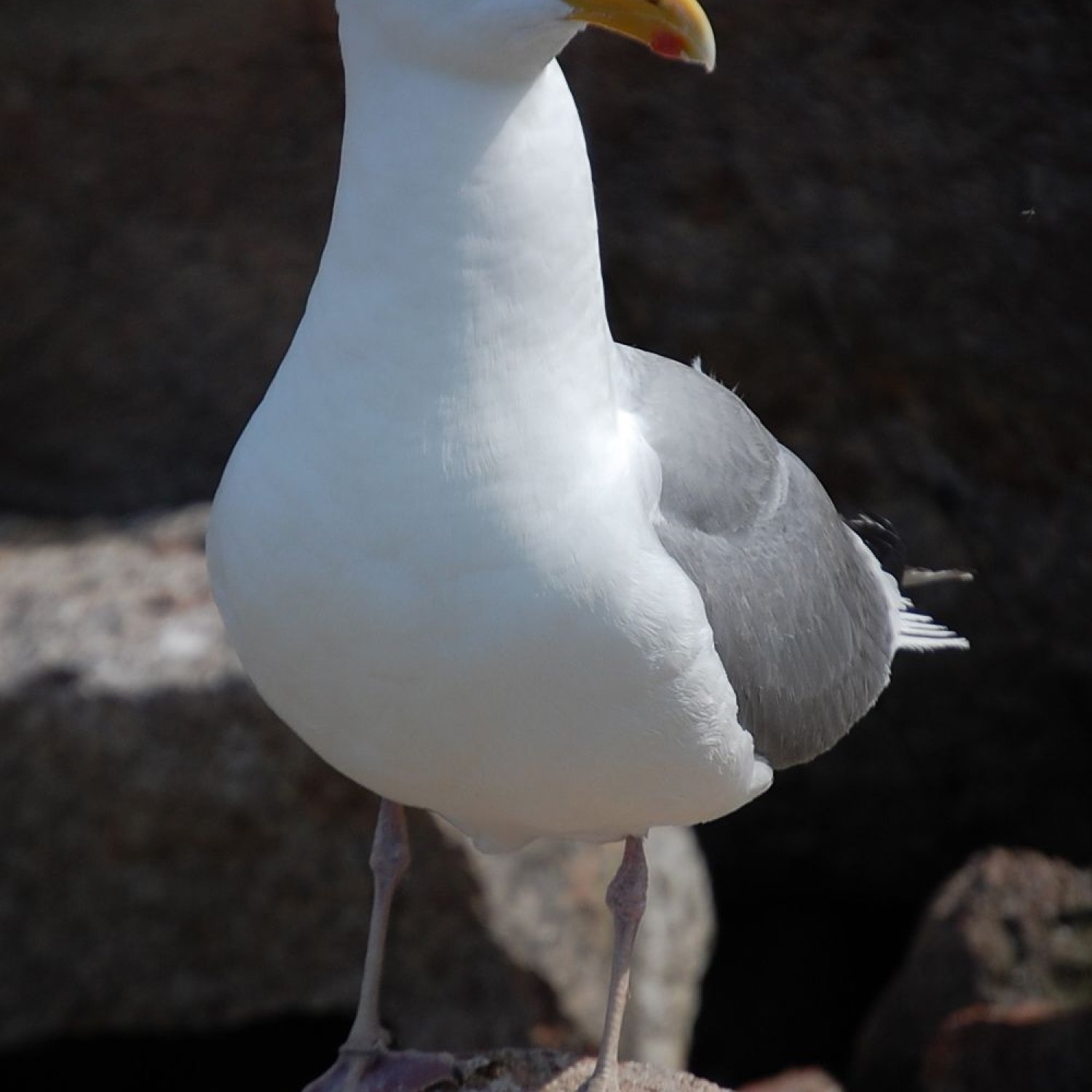
Herring
20 - 38 cm
Herring, a common species found in coastal waters, belongs to the Clupeidae family. With a slender and elongated body shape, these small yet mighty fish can range from 20 to 38 cm in length. Keep an eye out for these graceful swimmers on your next trip to the beach! #Herring #CoastalWaters #Clupeidae #AnimalFacts
Animal Details Summary:
Common Name: Herring
Kingdom: Animalia
Habitat: Marine
The Versatile Herring: A Fascinating Ocean Creature with Many Secrets
The herring, scientifically known as Clupea harengus, is a widely known and widely consumed species of fish. This fascinating creature has captured the attention of humans for centuries, and with good reason. The herring's unique qualities make it a fascinating animal to study and admire.Introduction to the Herring
The herring belongs to the Animalia kingdom and the Chordata phylum, meaning that it is a vertebrate animal with a backbone Herring. It falls under the Actinopterygii class, which includes all ray-finned fish, and the Clupeiformes order. The herring is part of the Clupeidae family, which also includes other fish like sardines and anchovies.
This fish is predominantly found in marine environments, but some species can also survive in freshwater bodies. The North Atlantic and North Pacific oceans are the herring's natural habitat, and it is commonly found in coastal waters. The herring is an important part of the ecosystem, as it serves as prey for larger fish and birds.
The Feeding Method and Habits of the Herring
One of the most interesting things about the herring is its feeding method. As a filter feeder, it mainly feeds on plankton and tiny organisms in the water. It has a special set of gill rakers that allow it to strain out food particles from the water as it swims. This unique adaptation allows the herring to eat efficiently, consuming large amounts of food in a short period Honduran White Bat.
When it comes to their own predators, herring have a clever defense mechanism. They travel in large schools, sometimes consisting of hundreds of thousands of fish, making it difficult for predators to target any individual fish. Additionally, herring have the ability to swim at high speeds, making them elusive prey.
The Geographical Distribution and Origin of the Herring
The herring has a wide geographical distribution, found in both the North Atlantic and North Pacific oceans. Its range spans from Norway to the eastern coast of North America, and in the Pacific, from the Bering Sea to Japan.
The herring's scientific name, Clupea harengus, is derived from the Old High German "heri," meaning army, and "ing," meaning small. This name is fitting as the herring's migratory habits mimic that of an army, traveling in large numbers from breeding grounds to feeding areas. Norway is often considered the country of origin for the herring, with small fishery villages specializing in catching and processing this fish.
A Closer Look at the Herring's Physical Characteristics
The herring has a distinct appearance, with its silver color and slender, elongated body shape. Its scales are small and thin, making it easier for them to move swiftly through the water. Their body shape allows them to swim efficiently, making them one of the fastest fish in the ocean.
Young herring have a darker coloration than adults, which helps them blend in with their surroundings. As they mature, they develop the classic silver color that gives them their distinct appearance.
The Size and Length of the Herring
The herring can grow to be anywhere between 20 to 38 cm in length. While this may not seem very large, the herring makes up for it with its sheer numbers. As mentioned earlier, they often travel and school in large groups, and these schools can be so large that they can even be seen from space!
The Not-So-Secret Life of the Herring
The herring leads a complex and intriguing life, filled with interesting behaviors and habits. Let's take a closer look at some of the lesser-known aspects of these fascinating creatures.
Migratory Patterns
One of the most interesting things about the herring is its annual migration from breeding grounds to feeding areas. This migration is a natural phenomenon that has captured the attention of fishermen and researchers for centuries. The herring's movements are influenced by changes in ocean temperature, spawning grounds, and food availability.
Fishing villages in countries like Norway and Scotland have developed fishing methods that take advantage of this annual migration. By understanding the herring's behavior, these fishermen can predict the fish's location and plan their fishing trips accordingly.
Breeding Habits
The herring is a type of pelagic spawner, meaning that it spawns above the seafloor. Breeding typically occurs in the spring and summer months, and the females can lay anywhere from 20,000 to 60,000 eggs at a time. These eggs are transparent and are carried by ocean currents, helping to spread the herring population across a wide geographical area.
The Herring as a Food Source
The herring has been an essential food source for humans for centuries, and its popularity shows no signs of dwindling. In fact, it is considered one of the most important commercial fish species in the world, with an estimated 4 to 5 million metric tons of herring caught annually.
In addition to being consumed as a food, herring is also used for its rich oils, which are high in omega-3 fatty acids. These oils are extracted and used for supplements and as a source of energy.
Ecological Importance
Aside from being an important food source for humans, the herring also plays a crucial role in the ocean's ecosystem. As a filter feeder, it helps maintain a balance of plankton and algae in the water, which is essential for a healthy marine environment. It also serves as prey for larger predators, which keeps the food chain in check.
The Threats Facing the Herring Population
Sadly, the herring population is not immune to the effects of human activity. Overfishing, pollution, and climate change are all contributing factors to the decline of herring populations in certain areas. This decline can have a ripple effect on the marine ecosystem, as herring play a vital role in maintaining a balance in the ocean.
Fortunately, there are regulations in place to manage and protect the herring population, such as quotas and closed fishing seasons. It is a delicate balance of ensuring a sustainable catch while also preserving the herring population for future generations.
In Conclusion
In conclusion, the herring is an extraordinary fish that has captured the attention of humans for centuries. Its unique feeding method, migratory patterns, and ecological importance make it a fascinating animal to study. While facing some challenges, the herring's ability to adapt and thrive has made it a valued food source and an important part of the ocean's ecosystem.
Whether you are enjoying a plate of pickled herring or admiring a school of herring swimming gracefully in the ocean, this fish has much to offer. It is a testament to the wonders of nature and the complexities of life in the ocean.

Herring
Animal Details Herring - Scientific Name: Clupea harengus
- Category: Animals H
- Scientific Name: Clupea harengus
- Common Name: Herring
- Kingdom: Animalia
- Phylum: Chordata
- Class: Actinopterygii
- Order: Clupeiformes
- Family: Clupeidae
- Habitat: Marine
- Feeding Method: Filter feeder
- Geographical Distribution: North Atlantic and North Pacific oceans
- Country of Origin: Norway
- Location: Coastal waters
- Animal Coloration: Silver
- Body Shape: Slender and elongated
- Length: 20 - 38 cm
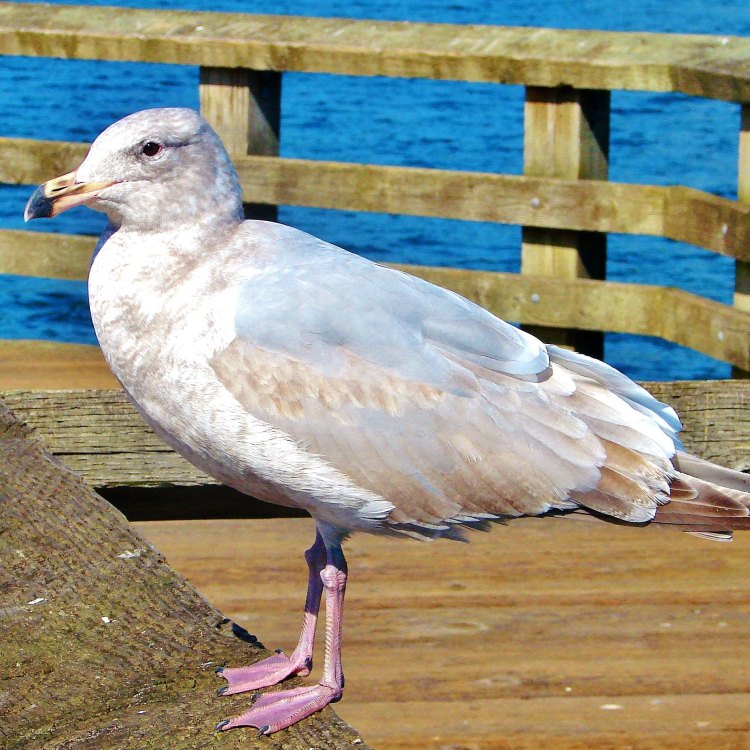
Herring
- Adult Size: Can grow up to 40 cm
- Average Lifespan: Up to 20 years
- Reproduction: Sexual
- Reproductive Behavior: Spawning in large groups
- Sound or Call: No specific sound or call
- Migration Pattern: Highly migratory
- Social Groups: Form large schools
- Behavior: Highly gregarious and form tight schools
- Threats: Overfishing
- Conservation Status: Least Concern
- Impact on Ecosystem: Important prey species
- Human Use: Commercial fishing
- Distinctive Features: Keel-shaped belly and sharp teeth
- Interesting Facts: Herrings are known for their spawning migrations
- Predator: Many larger predatory fish
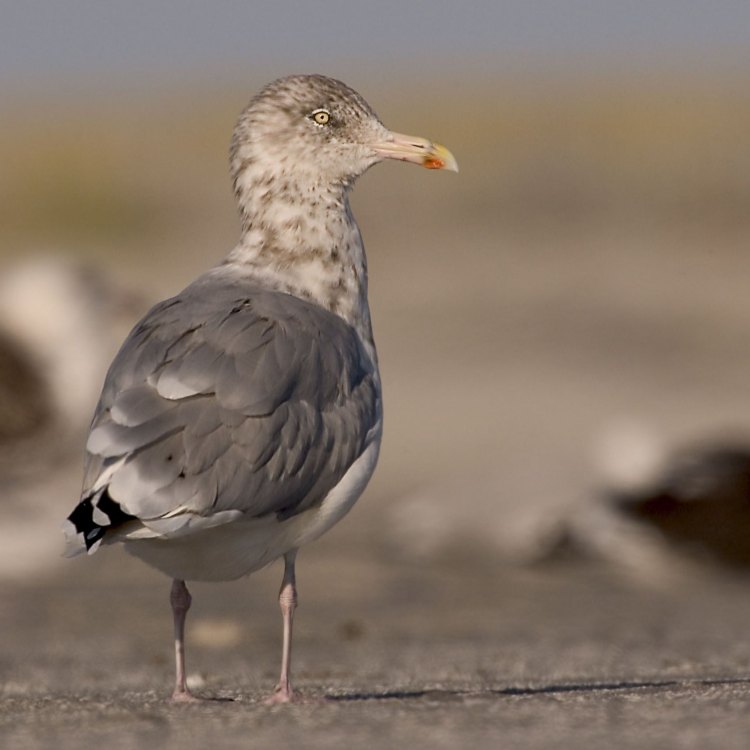
Clupea harengus
Tales from the Sea: Exploring the Secrets of the Herring
The ocean is a vast and mysterious place, home to countless species of fish and marine life. Among them is the humble herring, a small but mighty fish that has captured the attention of humans for centuries. With their distinctive features and interesting behaviors, herrings have proven to be an important part of our ecosystem, and a vital resource for human use. Today, we will dive deep into the world of herrings and discover the unique features that make them stand out PeaceOfAnimals.Com.Adult herrings can grow up to 40 cm in size, making them relatively small compared to other fish species. However, what they lack in size, they make up for in longevity. Herrings have an average lifespan of up to 20 years, which is quite impressive for a fish of their size. This allows them to play a significant role in their ecosystem and contribute to the balance of marine life.
One of the most fascinating aspects of herrings is their reproductive behavior. Unlike some fish species that lay eggs, herrings reproduce sexually. They also have a unique breeding behavior where they spawn in large groups, which is known as a "Herring Run". This phenomenon usually occurs in the spring when the water temperature is warmer, making it an ideal time for herring to reproduce. These large spawning groups can consist of thousands of individuals, creating a spectacular sight for both humans and marine life alike Human.
Although herrings do not produce any specific sounds or calls, they are highly migratory. They are known for their extensive migrations, traveling long distances to find their ideal spawning locations. This highly migratory behavior makes them a vital part of the ocean's food chain, as they transport nutrients and energy to different parts of the ocean.
Herrings are highly social creatures and form large schools in their natural habitat. These schools can consist of thousands of individual fish, tightly packed together in a gregarious and orderly manner. This behavior serves as a defense mechanism against predators, making it difficult for them to single out an individual herring for a meal.
Speaking of predators, herrings are not immune to them. As small fish, they are preyed upon by many larger predatory species, such as tuna, sharks, and seals. These larger fish rely on herrings as a source of food, making them an important part of the food chain. If the population of herrings declines, it can have a significant impact on the survival of these larger predatory fish.
Unfortunately, herrings are facing a significant threat - overfishing. With their high demand for human consumption, commercial fishing has put a strain on the herring population. Overfishing can lead to a decline in the herring population, disrupting the balance of the ocean's ecosystem. To prevent this, many countries have implemented regulations and quotas to ensure the sustainable fishing of herrings.
Thankfully, despite these challenges, the conservation status of herrings is currently considered as "Least Concern." This means that, for now, their population is stable and not at risk of extinction. However, it is crucial to continue monitoring and implementing sustainable fishing practices to ensure the survival of this species.
Aside from their importance in the ecosystem, herrings also play a crucial role in human use. They are a vital resource for the fishing industry, especially in countries like Norway, where they are one of the most valuable commercial fish. Herring fishing has been a traditional practice in many countries, providing a source of income and sustenance for generations.
But what makes herrings unique from other fish species? One of their most distinctive features is their keel-shaped belly, which gives them a boat-like appearance. This feature allows them to swim quickly and efficiently through the water, making them highly adapted to their ocean environment. They also have sharp teeth, making them excellent hunters and feeders.
Finally, let's dive into some interesting facts about herrings. As mentioned earlier, herrings are known for their spawning migrations. However, did you know that they are capable of swimming up to 60 kilometers in a single day during their migration? That's an impressive feat for a small fish! Another fascinating fact is that herrings can detect more than 0.1 parts per million of salt in the water, making them incredibly sensitive to their environment.
In conclusion, the herring may be a small fish, but it has a significant impact on our ecosystem and human use. From their unique reproductive behavior to their highly migratory nature, herrings are truly fascinating creatures. However, they also face threats such as overfishing, highlighting the importance of responsible and sustainable fishing practices. As stewards of the ocean, let us continue to appreciate and protect the herring and the wonders of the sea.
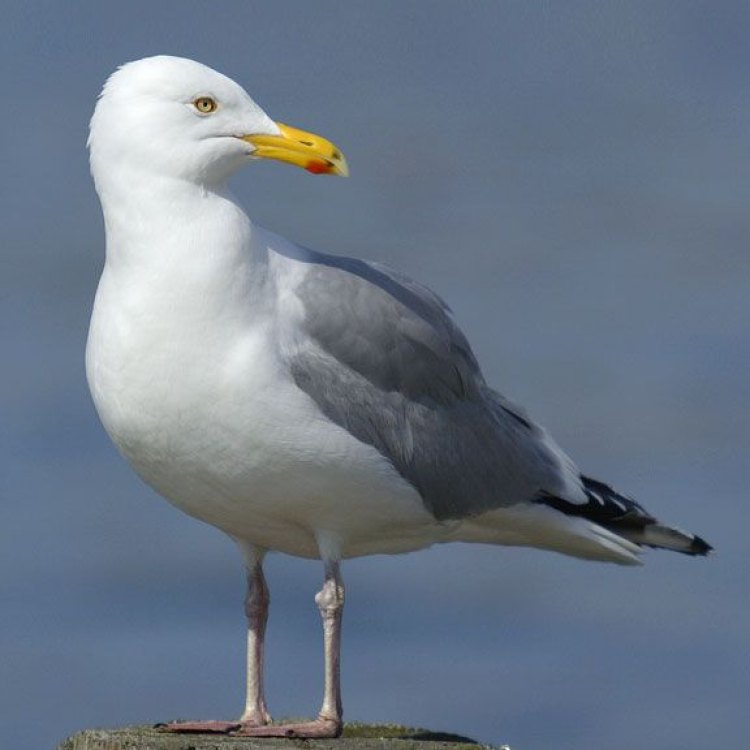
The Versatile Herring: A Fascinating Ocean Creature with Many Secrets
Disclaimer: The content provided is for informational purposes only. We cannot guarantee the accuracy of the information on this page 100%. All information provided here may change without prior notice.

